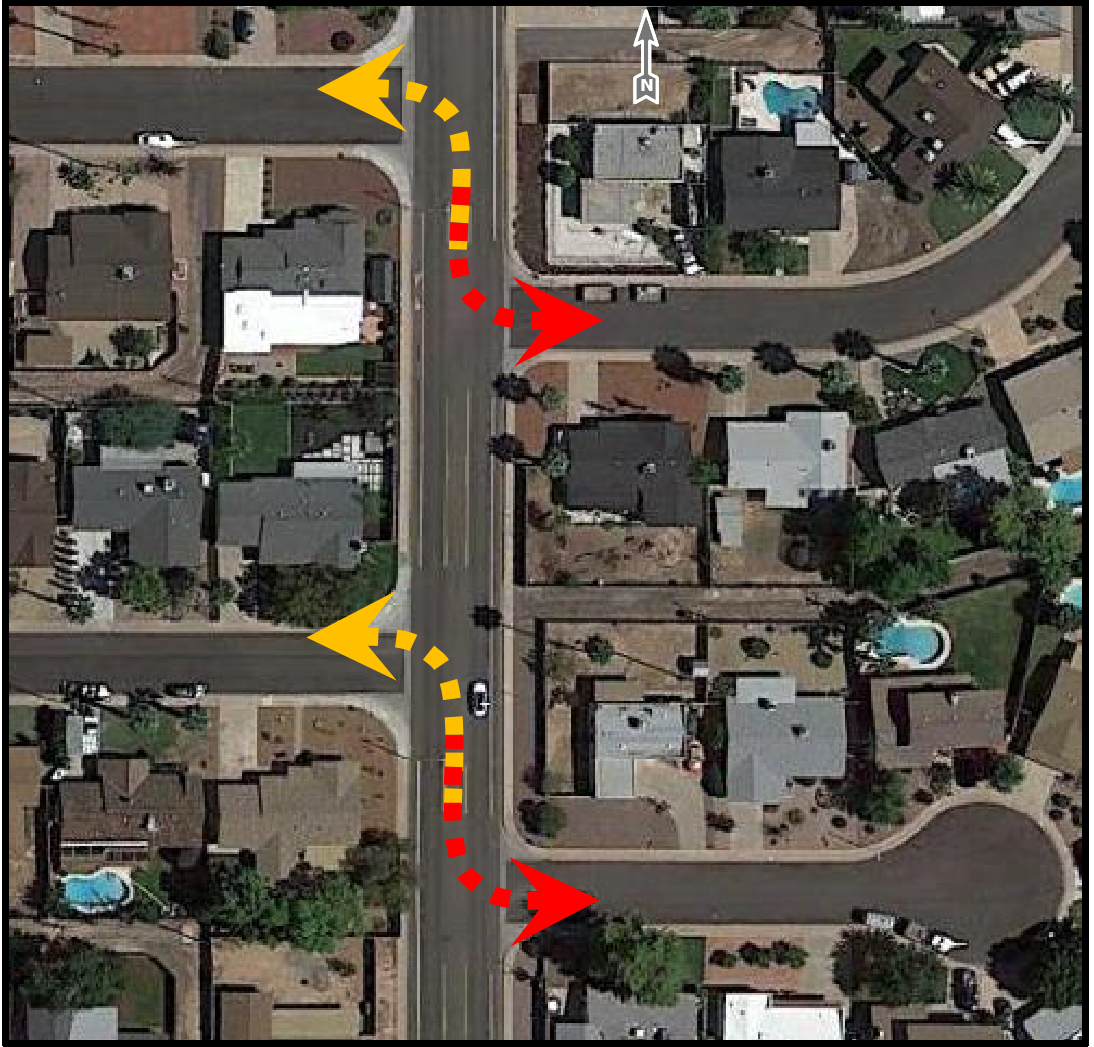
The Monday Morning Commute Ask the traffic engineer Center twowayleftturn lanes seem unsafe
SKU: FRR660RA. Material: Size: 36" x 30". Weight:. Inform road-users of a lane or lanes which only left turns can be performed. Meets standards of MUTCD Section 2B-24. Two-Way Left Turn Only (R3-9a) signs should be used in conjunction with the required pavement markings where a nonreversible lane is reserved for the exclusive use of left.
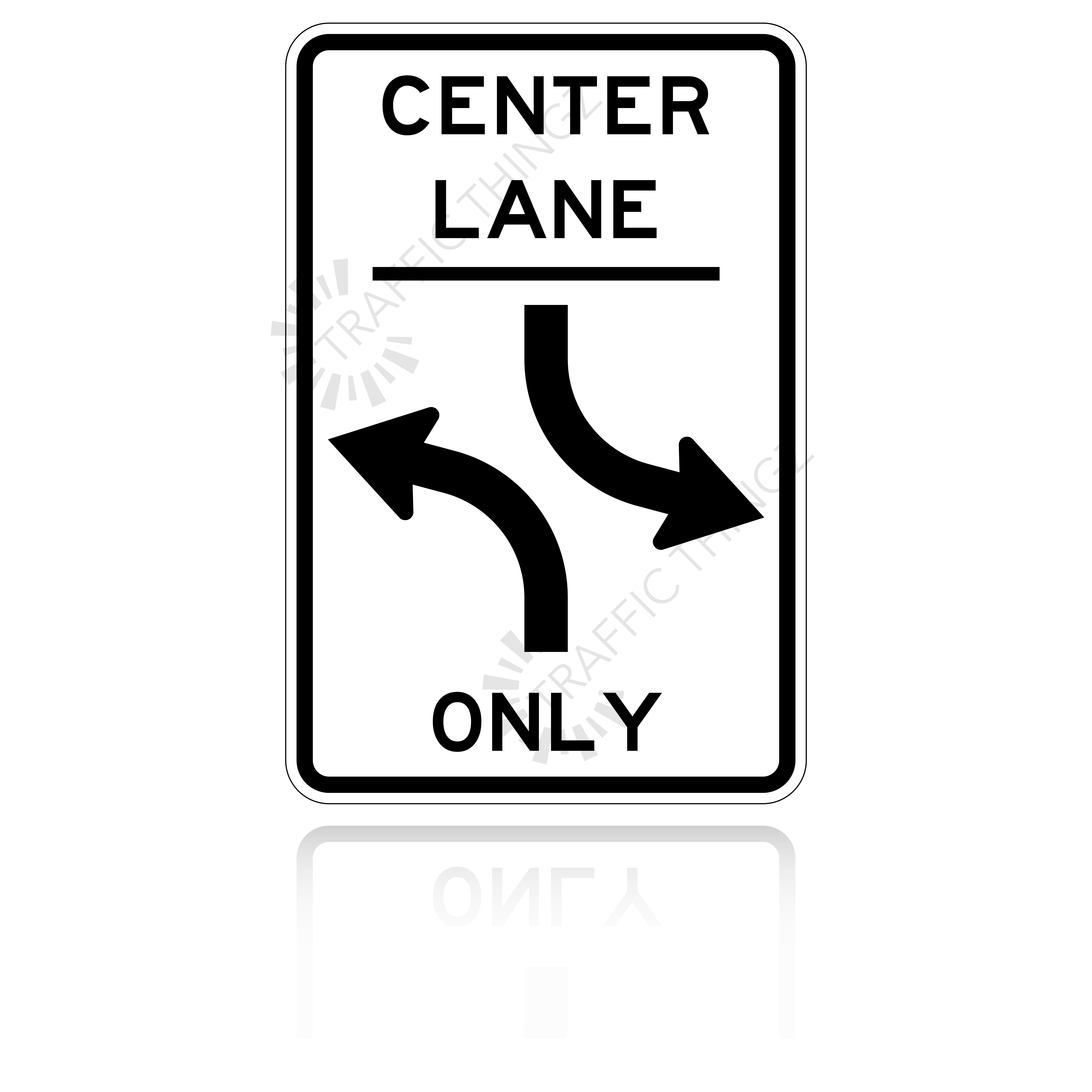
MUTCD R39b Center Lane 2 Way Left Turn Only
Use your turn signal, slow down, and merge into the lane when it's clear. Look over your left shoulder to make sure there isn't a vehicle in the lane. Put on your turn signal so other drivers know that you plan to slow down and move into the turning lane. Slow your vehicle down, move into the center turning lane, and come to a stop.

Lane Ends, Merge Right 10 (More!) Redesign Ideas for the W42 Road Sign 99 Invisible
02 Signs (see Section 2B.26), lane-use control signals (see Chapter 4M), or both shall be used to supplement reversible lane pavement markings. 03 If a two-way left-turn lane that is never operated as a reversible lane is used, the lane line pavement markings on each side of the two-way left-turn lane shall consist of a normal broken yellow.

Real World Driving How you Should Drive on Roads with Center Left Turn Lanes.
Center left-turn lanes are located in the middle of two-way streets to help vehicles safely turn left from both directions (or make U-turns if permitted) without blocking other traffic. Center Left Turn Lane Rules. Remember these rules for driving in center turn lanes: If a road has a center turn lane and you intend to turn left, use the turn lane

What do you remember about three lane roads with a center lane for passing. IN BOTH DIRECTIONS
Watch on. Two way left turn lanes are often used as acceleration lanes by drivers entering the highway. This is not legal in British Columbia. If you are driving in a two way left turn lane, the proper way to leave it is by turning left. The arrows painted on the pavement and the overhead signs require this.

Pavement Markings Explained — How to Drive Safely
At an intersection where left-turn lanes are marked on the pavement, make your turn from the marked lane. Keep this lane position as you turn onto the other road. Diagram 2-36. The centre lane of some roads is used as a two-way left-turn lane (Diagram 2-36). This lets left-turning vehicles from both directions wait for a chance to turn without.
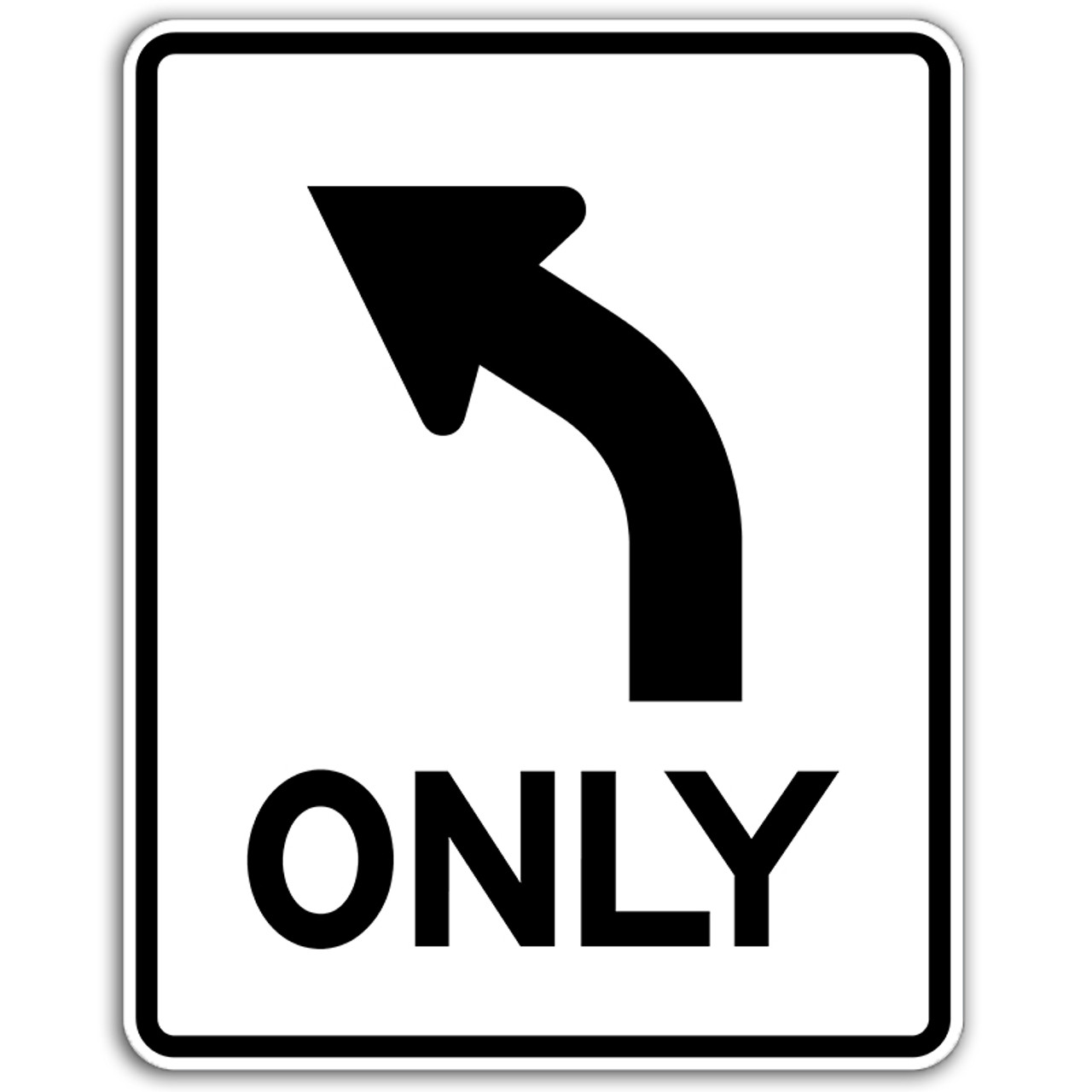
Left Turn Only Sign Dornbos Sign & Safety, Inc.
A two-way left-turn lane (jargon: TWLTL) is a street configuration that provides a center lane exclusively for left turning vehicles coming from either direction. They provide the most benefit on roads with closely spaced driveways. This post provides background, benefits, limitations, design guidelines, and further resources for designing.
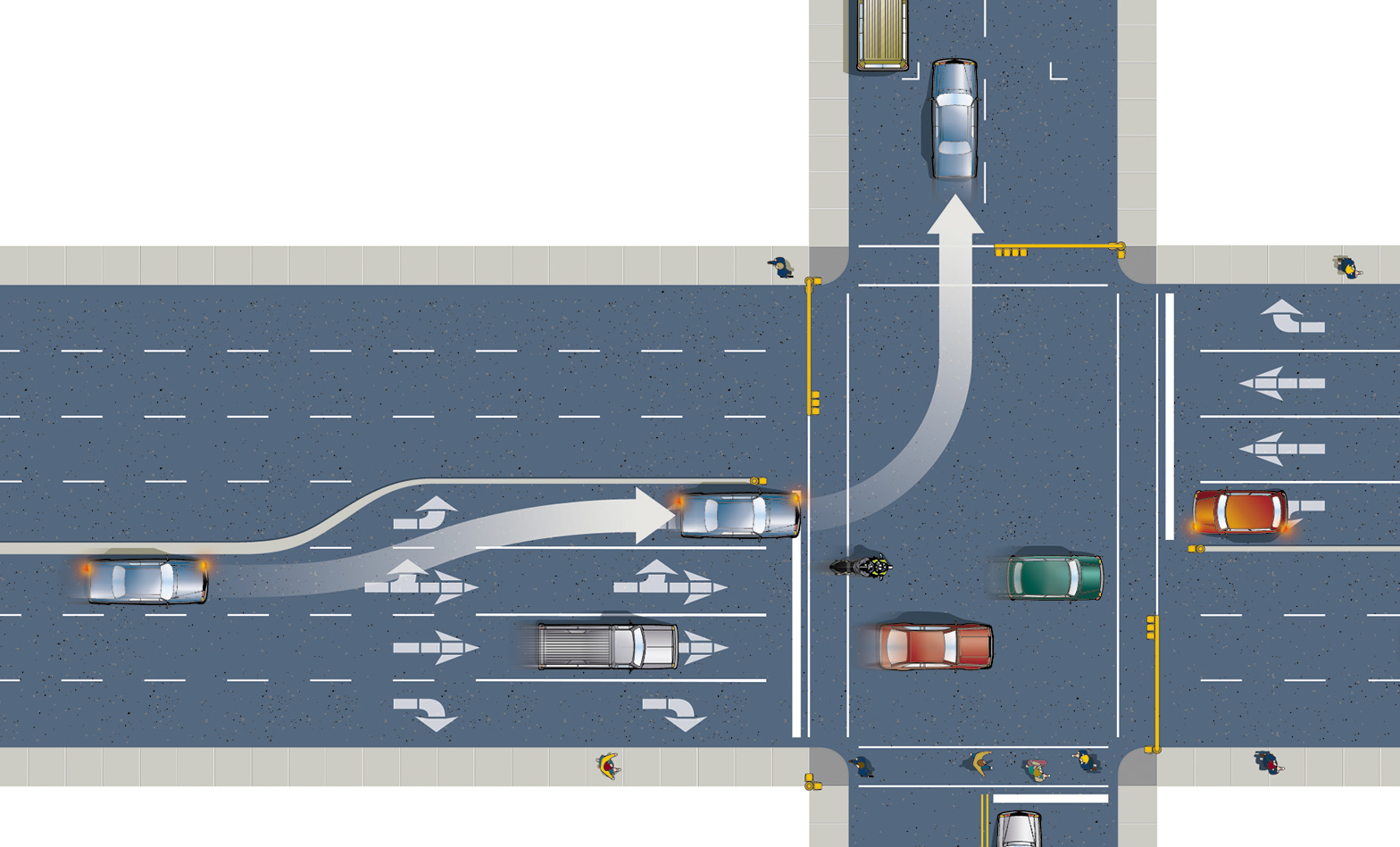
Turning SGI
A two-way left-turn lane is a shared lane that allows traffic from both directions to enter and execute turns without impeding traffic behind the driver. Since traffic going in both directions is able to enter the lane, drivers should be extra aware when moving into the lane. These lanes can be identified by watching for a few things, including.
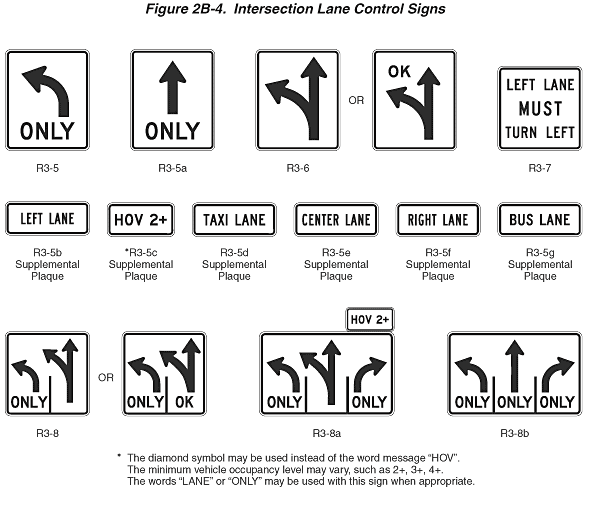
Figure 2B4. Intersection Lane Control Signs
Do not enter this lane too soon or for any reason other than to make a left turn. The permissible distance to travel in a left turn center lane is set at 200 to 400 feet, depending on the state. Never use the two-way left-turn lane to pass another vehicle. Drivers may use the center left-turn lane when turning left onto a road from a driveway.
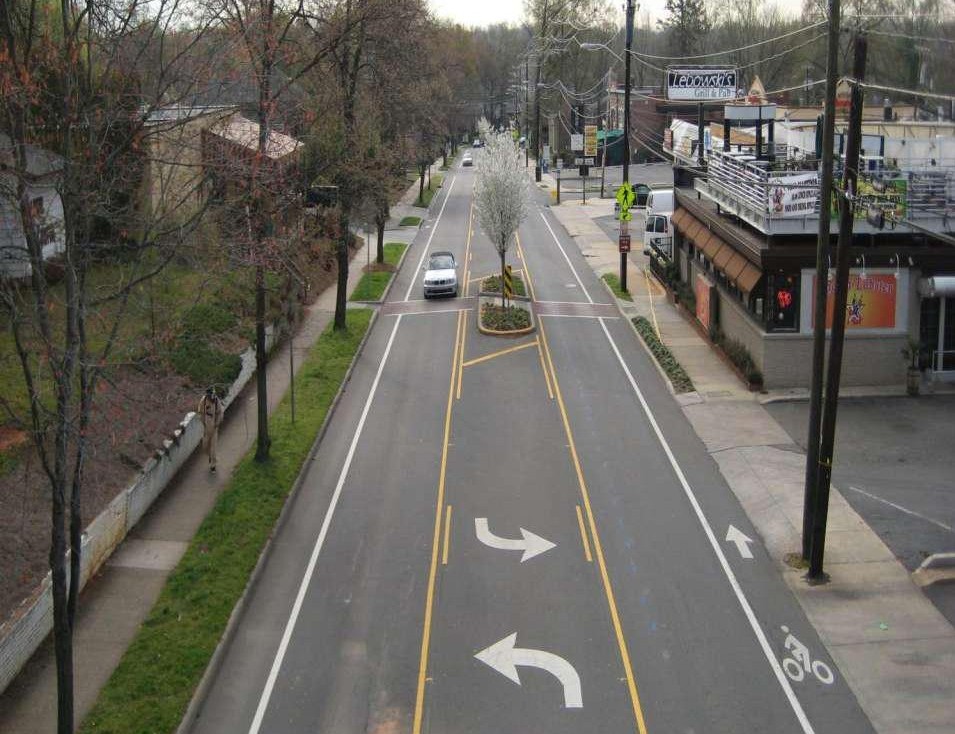
Rt. 222 bypass Road, Street or Stroad?
A2.7.5 Right or Left Turn Only Lane Sign (RB-43) A2.7.6 All Movements Permitted Lane Sign (RB-44) A2.7.7 Straight Through Only Lane Sign (RB-45) A2.7.8 Two-Way Left-Turn Lane Sign (RB-48), Centre Lane Tab (RB-48S) A2.7.9 Side-Mounted Multiple Lane Designation Signs (RB-46, RB-47, RB-49) A2.7.10 Roundabout Lane Designation Signs (RB-97 to RB-105.
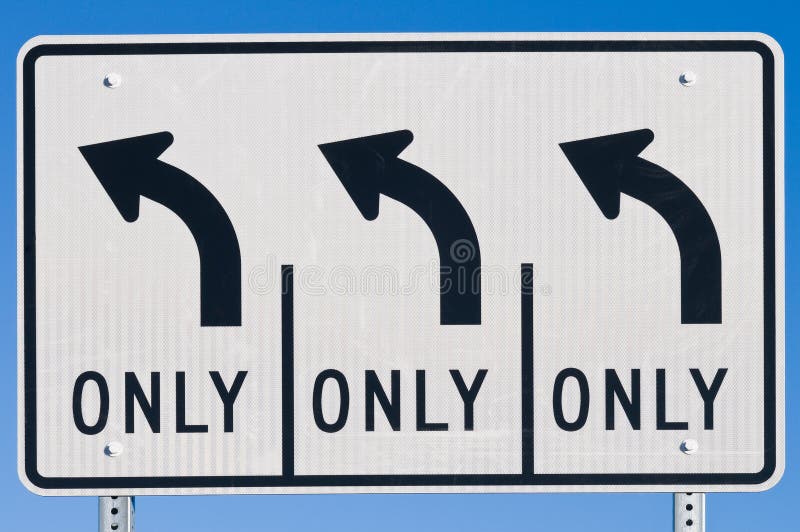
Left Turn Lanes stock image. Image of street, sign, three 17618979
The two-way left arrows show that you must turn left from this lane and that vehicles from the opposite direction must also turn left. When you see turn arrows painted on the pavement or when they appear on road signs, you must always obey them. If turn arrows curve to the left or right or point straight, you can't go in any other direction.
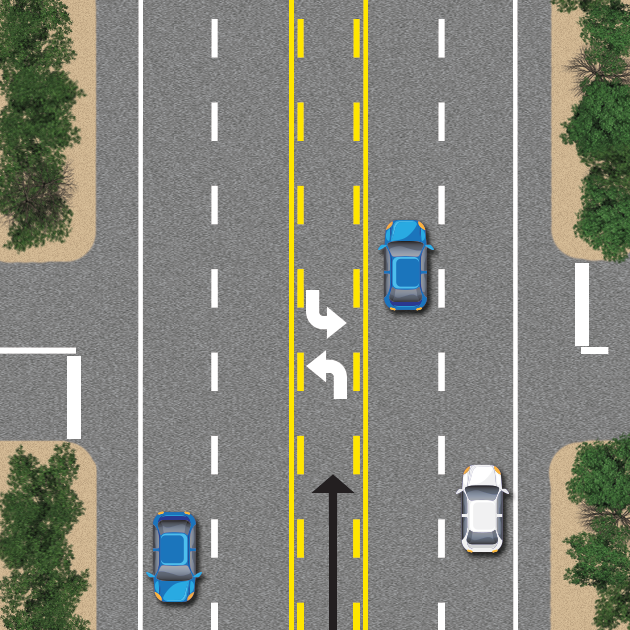
passing car hits car turning left gregskanes
You must make sure there is space before proceeding. 2. Make sure you are not being passed, using your mirrors and turning to check your blind spots. 3. Do not travel in the two-way left turn lane unless you intend to turn left. Merge into the lane at the distance recommended in your state driving manual.

Center Turn Lane Rules How To Make a Left Turn Safely & Avoid Traveling
Now for the rules about two-way left turn lanes: First, it is not a passing lane. The RCW states that the lane "shall not" be driven in to pass or overtake vehicles traveling in the same direction. Second, a driver can only use the lane for 300 feet. That's enough distance to comfortably slow down from the speed limit to a complete stop.
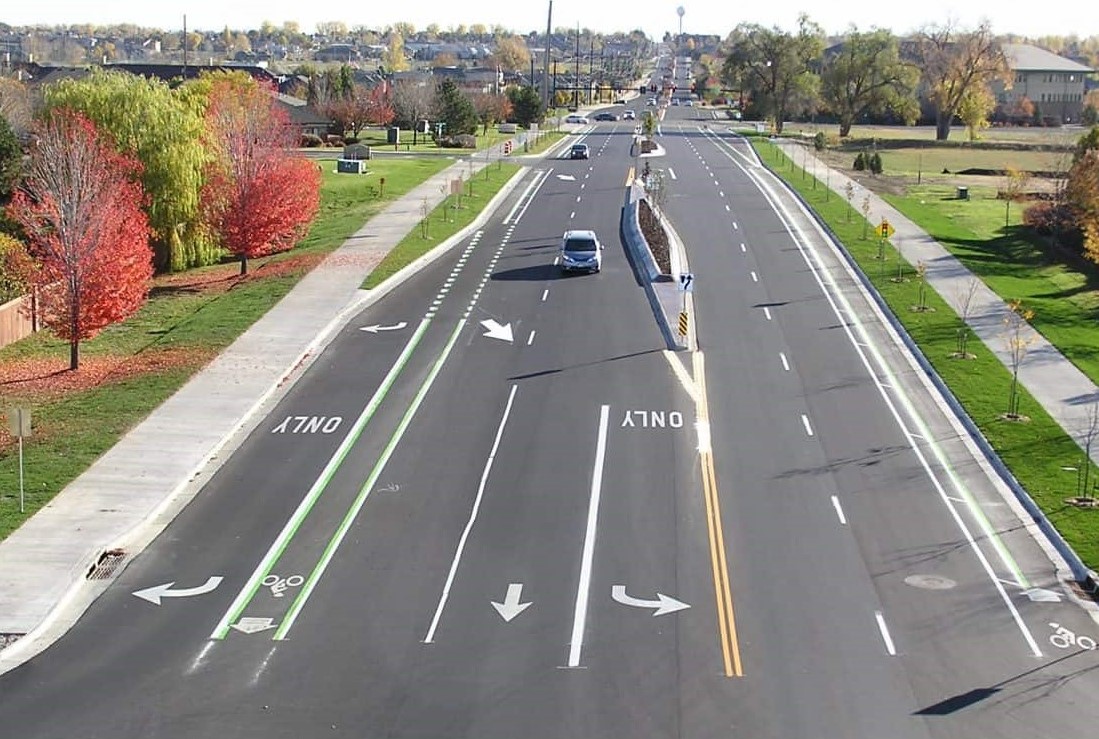
Turn In
The TWO-WAY LEFT-TURN LANE sign (Rb-48) designates the centre lane on a road without a median for shared left-turn movements by traffic in both directions. The sign is intended for overhead mounting. MTO Book Location: Book 5, Pg. 86.

Grimco
MUTCD Information: Two-Way Left Turn Only (R3-9a or R3-9b) signs should be used in conjunction with the required pavement markings where a nonreversible lane is reserved for the exclusive use of left-turning vehicles in either direction and is not used for passing, overtaking, or through travel. Additional Information. SKU. R3-9b. Size. Material.
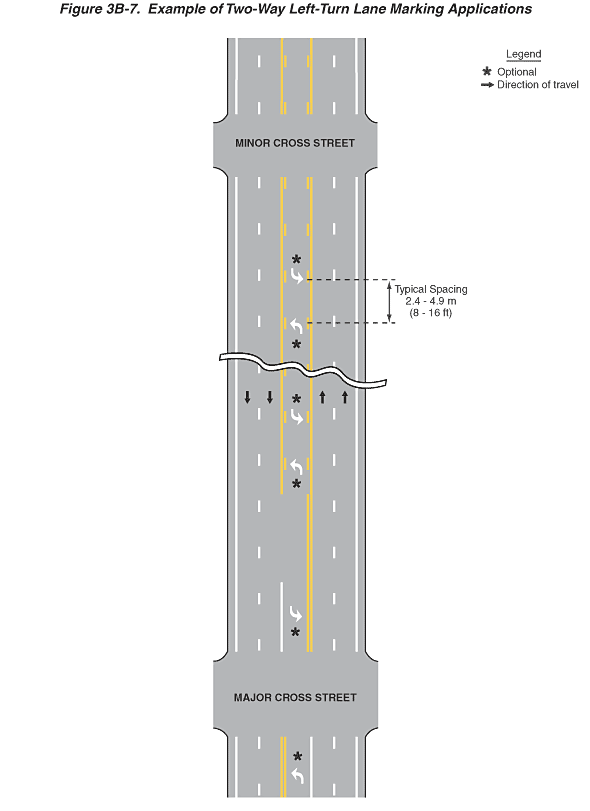
Figure 3B7. Example of TwoWay LeftTurn Lane Marking Applications
A two way left turn lane is often found in larger towns and cities running down the center of multi-lane highway. It is easily identified by the combination solid and broken yellow line at both sides and the pair of opposing left pointing arrows painted on the road surface and displayed on black and white regulatory signs overhead.